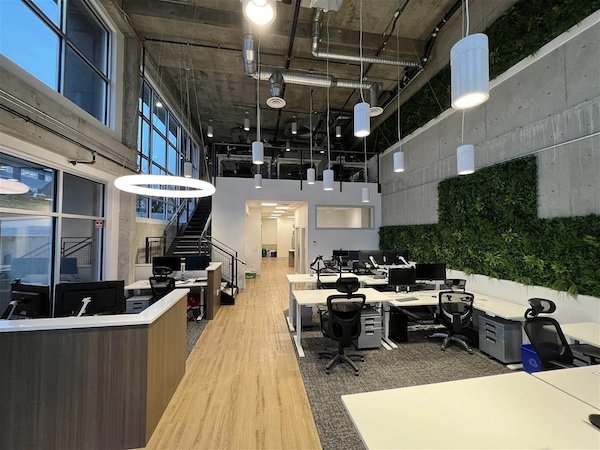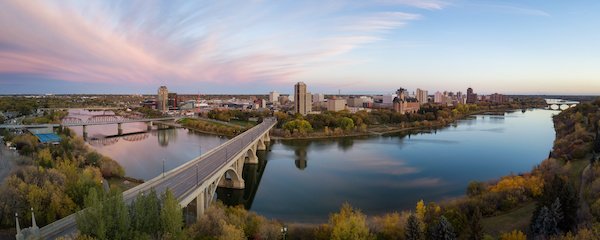- Details

Those working in the construction industry need to manage the effects that a rising prime interest rate will have on their business. In fact, the entire housing market and Canadian economy at large will see ripple effects from the impacts on the construction industry.
So, how exactly does the hike in interest rates affect construction? Below, we discuss the effects on various levels within the industry and what you can do to mitigate rising costs.

